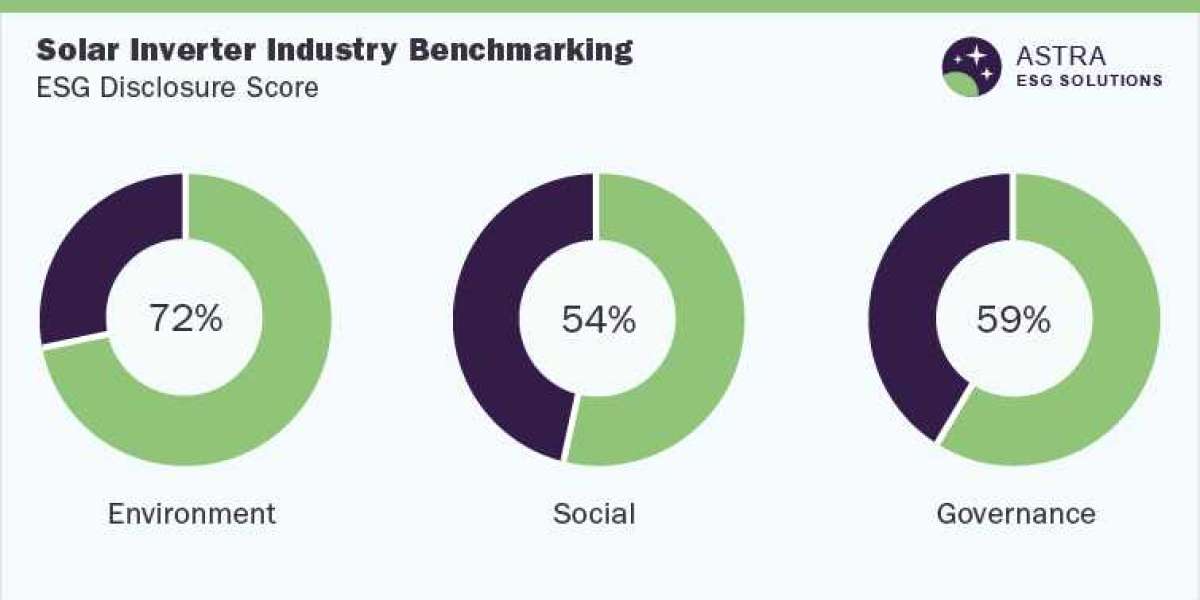Question:
Discuss the concept of marginal utility and its significance in consumer choice theory. How does the theory of marginal utility contribute to our understanding of consumer behavior and resource allocation?
Answer:
Marginal utility is a cornerstone of consumer choice theory in economics. It refers to the additional satisfaction or benefit a consumer gains from consuming one more unit of a good or service. The concept is crucial for understanding how consumers make decisions about allocating their limited resources among various alternatives.
To start, let's define utility in economic terms. Utility is a measure of satisfaction or pleasure derived from consuming goods and services. In this context, "marginal" refers to the additional utility gained from an incremental increase in consumption. Thus, marginal utility is the change in total utility resulting from consuming one more unit of a good or service.
The principle of diminishing marginal utility is fundamental to this theory. It states that as a person consumes more units of a good, the additional satisfaction gained from each new unit decreases. For example, consider the case of consuming slices of pizza. The first slice might bring a high level of satisfaction, but each subsequent slice will likely provide less additional satisfaction than the previous one. This diminishing effect is crucial for understanding consumer behavior and decision-making.
Consumer choice theory builds on the idea that individuals aim to maximize their total utility given their budget constraints. When making consumption decisions, consumers compare the marginal utility of different goods and services and allocate their resources in a way that equalizes the marginal utility per unit of expenditure across all items. This approach ensures that the last unit of currency spent on each good provides the same level of additional satisfaction. This behavior is known as the "equal marginal utility per dollar" rule.
The concept of marginal utility also helps explain why demand curves typically slope downward. As the quantity of a good consumed increases, its marginal utility decreases. Consumers are willing to pay less for additional units of the good, which results in a decrease in price as quantity increases. This inverse relationship between price and quantity demanded is reflected in the downward-sloping demand curve.
Marginal utility theory also has implications for understanding consumer behavior in various scenarios. For instance, in the context of luxury goods versus necessities, the theory helps explain why consumers may be willing to spend a significant amount on luxury items despite the lower marginal utility compared to essential goods. The satisfaction derived from luxury goods often includes factors such as status and exclusivity, which can influence consumer preferences and choices.
Furthermore, the concept of marginal utility extends beyond individual consumer decisions to broader economic issues, such as resource allocation and market equilibrium. In a competitive market, the interaction of supply and demand determines prices and quantities of goods and services. Marginal utility plays a key role in this process by influencing consumer demand, which in turn affects how resources are allocated among different uses.
To illustrate, consider a market where the price of a good decreases. According to the theory of marginal utility, the lower price increases the quantity demanded because consumers experience a higher marginal utility from consuming additional units of the good at the lower price. This increased demand can lead to adjustments in production and resource allocation to meet the new consumption patterns.
In summary, the theory of marginal utility is essential for understanding consumer choice and behavior in economics. It explains how individuals make decisions about resource allocation to maximize their total satisfaction. By analyzing the marginal utility of goods and services, economists can gain insights into demand patterns, price mechanisms, and market dynamics. For those delving into complex economic theories or needing assistance with detailed assignments, an Economics Homework Writer can provide expert support in analyzing and applying these concepts.
Understanding marginal utility provides a comprehensive framework for examining how consumers interact with the market and make choices that align with their preferences and constraints. Whether you're a student tackling advanced economic theories or a professional seeking to deepen your knowledge, the insights gained from studying marginal utility are invaluable for analyzing and interpreting consumer behavior and market phenomena







